Books
The best books on Data Science, Big Data, Data Mining, Machine Learning, Python, R, SQL, NoSQL and more. Sorted by popularity.

The Elements of Data Analytic Style
Data analysis is at least as much art as it is science. This book is focused on the details of data analysis that sometimes fall through the cracks in traditional statistics classes and textbooks.
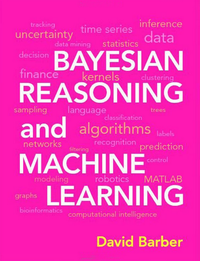
Bayesian Reasoning and Machine Learning
For final-year undergraduates and master's students with limited background in linear algebra and calculus. Comprehensive and coherent, it develops everything from basic reasoning to advanced techniques within the framework of graphical models.
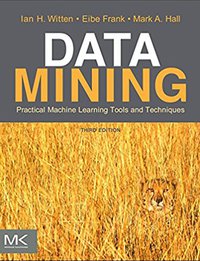
Data Mining: Practical Machine Learning Tools and Techniques
Offers a thorough grounding in machine learning concepts as well as practical advice on applying machine learning tools and techniques in real-world data mining situations.
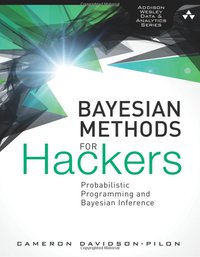
Probabilistic Programming & Bayesian Methods for Hackers
illuminates Bayesian inference through probabilistic programming with the powerful PyMC language and the closely related Python tools NumPy, SciPy, and Matplotlib. Using this approach, you can reach effective solutions in small increments.
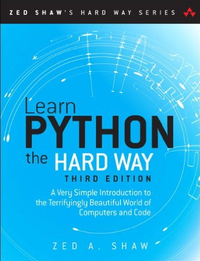
Learn Python the Hard Way
This is a free sample of Learn Python 2 The Hard Way with 8 exercises and Appendix A available for you to review.
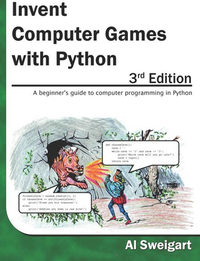
Invent with Python
"Invent Your Own Computer Games with Python" teaches you computer programming in the Python programming language. Each chapter gives you the complete source code for a new game and teaches the programming concepts from these examples.
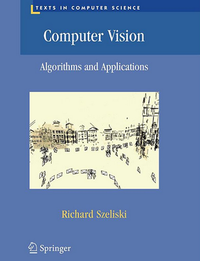
Computer Vision
Challenging real-world applications where vision is being successfully used, both for specialized applications such as medical imaging, and for fun, consumer-level tasks such as image editing and stitching, which you can use on you own personal media
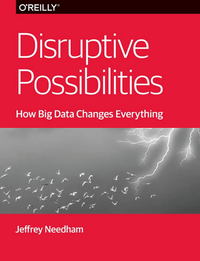
Disruptive Possibilities: How Big Data Changes Everything
This book provides an historically-informed overview through a wide range of topics, from the evolution of commodity supercomputing and the simplicity of big data technology, to the ways conventional clouds differ from Hadoop analytics clouds.
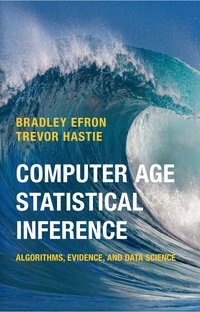
Computer Age Statistical Inference: Algorithms, Evidence and Data Science
The book integrates methodology and algorithms with statistical inference, and ends with speculation on the future direction of statistics and data science.
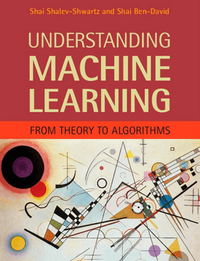
Understanding Machine Learning: From Theory to Algorithms
The aim of this textbook is to introduce machine learning, and the algorithmic paradigms it offers, in a principled way.